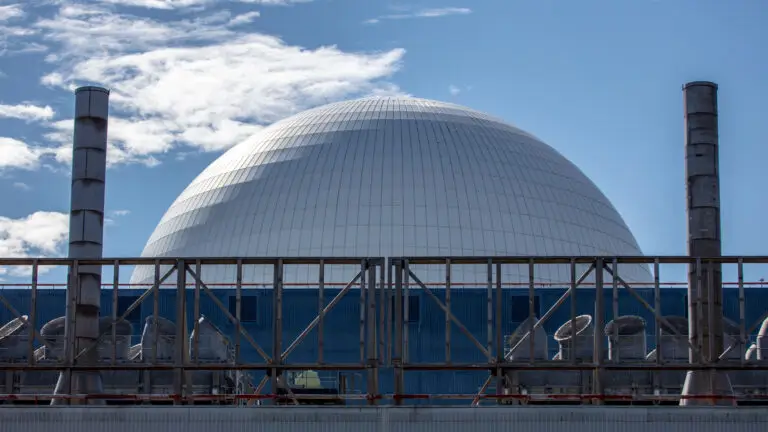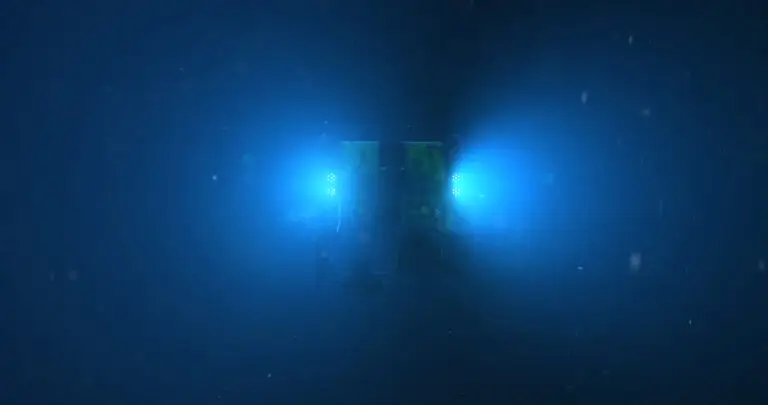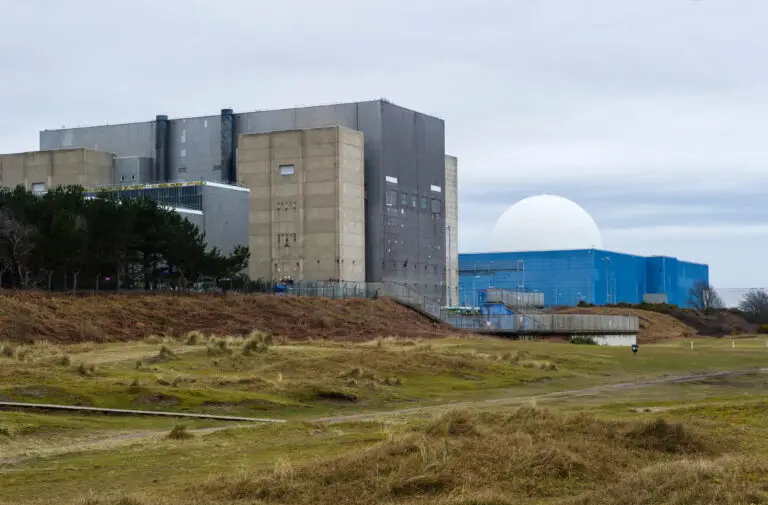Waters around the UK are changing.
One of the biggest barriers to meeting the challenges of sustaining ecosystems and preserving biodiversity is understanding the effects of a changing climate, as warming waters – combined with varying fishing quotas – are continually and dramatically altering fish populations.
Understanding fish population changes
Surveys of the Sizewell power stations published by the Centre for Environment, Fisheries and Aquaculture Science (Cefas) provide important insight into just how significant changes in the fish community can be.
In the 1980s, herring were at an all-time low in the surrounding waters and fishing quotas were set with the aim of encouraging a recovery. At that time, herring impingement catches equated to 0.003% of the sprat catch.
By 2012, Cefas figures showed herring represented 15.6% of the total annual impingement fish kill in the area, around one-third of the sprat catch.
Similarly, sea bass were at the northern limit of their distribution around Sizewell when a 1988 impingement survey ranked them 28th in the order of abundance. Now, warmer waters caused by climate change have allowed them to move further north and they are the fourth most common fish recorded in impingement catches.
Cost-effective safeguards
Decisions made now will be felt throughout the 60-year lifespan of the Sizewell C nuclear power station, and possibly for centuries beyond.
Environmental protection is acknowledged as a priority for everyone involved, and an AFD will not only help to preserve the species currently abundant in the area, but also provide safeguards as populations and the ecosystem change with time.
Including such a system in the design phase is vital, as the offshore cabling required can be installed as cooling water tunnels are built. Retrofitting a system once the station is up and running, if and when fish losses are recognised as unacceptable, is a much more expensive and complex undertaking.
An early decision to include an AFD therefore makes ecological, economic and logistical sense.
Learn more about the risks to fish populations at Sizewell C
Our Latest Sizewell News

Fish Guidance Systems ‘dismayed’ by government decision to build nuclear plant without appropriate environmental safeguards
Fish Guidance Systems has reacted with disappointment over the UK Government’s decision not to uphold best practice and expert consensus by allowing Sizewell C Nuclear Plant to be built without an Acoustic Fish Deterrent – meaning millions of fish will die every year by being sucked into the plant’s underwater

Sizewell C Environmental Mitigation Measures Don’t Go Far Enough
EDF, the developers of the proposed Sizewell C nuclear power plant in Suffolk have revealed they have pledged £250m to mitigate the impact the project will have on the environment around it – however there is no mention of the acoustic fish deterrent (AFD) which could prevent millions of fish

New ROVs can handle maintenance of Hinkley Point C and Sizewell C AFD according to manufacturers
When the tide is high, dangerous things can happen – and when you are building a new nuclear power plant in an estuary where the tidal forces are some of the highest in the world, mitigating risk is the highest priority. Luckily, advancements in technology can make the most dangerous

Fish Guidance Systems Provide Evidence to the Planning Inspectorate Hearings on Sizewell C Nuclear Power Plant
In the last few weeks, The Planning Inspectorate has been holding several Issue Specific Hearings regarding the pending decision on whether to move forward with building a new nuclear power station at Sizewell, Suffolk. The plant, known as Sizewell C, is currently in the news regarding its potential ownership and